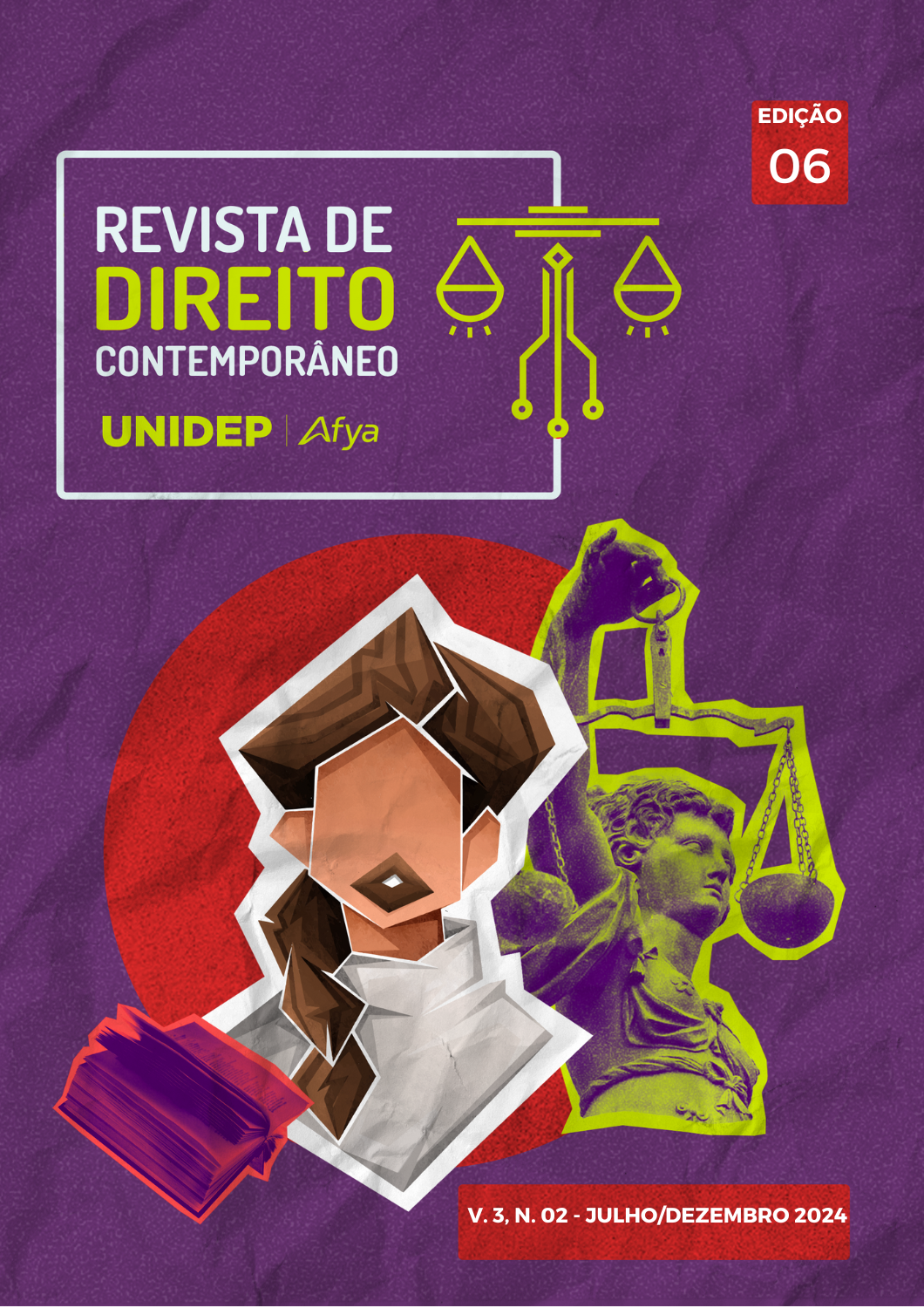VIOLENCE AGAINST WOMEN
data analysis in Rondônia, Brazil, from 2018 to 2020
Abstract
This article aims to reflect on violence against women in Rondônia and Brazil, considering data from 2018 to 2020, using documentary research as the methodological basis. Violence against women is interpreted as any act that causes physical, psychological, sexual, moral, or patrimonial harm, motivated by gender. Although gender inequality is the main factor, poverty and racism exacerbate this vulnerability, especially affecting Black, poor, and refugee women. Domestic violence, predominantly perpetrated by close individuals, constitutes a significant barrier to reporting. Moreover, the relevance of this topic has grown, and social engagement has been crucial in the fight against this issue, leading to greater awareness and action. The data analysis and theoretical reflection offer a comprehensive overview of the roots and impacts of this violence, contributing to the understanding of its multiple forms and the challenges faced in combating this urgent issue.
Downloads
Published
How to Cite
Issue
Section
License
Copyright (c) 2024 Revista de Direito Contemporâneo UNIDEP

This work is licensed under a Creative Commons Attribution-NonCommercial 4.0 International License.
You are free to:
- Share — copy and redistribute the material in any medium or format
- Adapt — remix, transform, and build upon the material
- The licensor cannot revoke these freedoms as long as you follow the license terms.
Under the following terms:
-
Attribution — You must give appropriate credit, provide a link to the license, and indicate if changes were made. You may do so in any reasonable manner, but not in any way that suggests the licensor endorses you or your use.
-
NonCommercial — You may not use the material for commercial purposes.
- No additional restrictions — You may not apply legal terms or technological measures that legally restrict others from doing anything the license permits.
Notices:
- You do not have to comply with the license for elements of the material in the public domain or where your use is permitted by an applicable exception or limitation.
- No warranties are given. The license may not give you all of the permissions necessary for your intended use. For example, other rights such as publicity, privacy, or moral rights may limit how you use the material.



